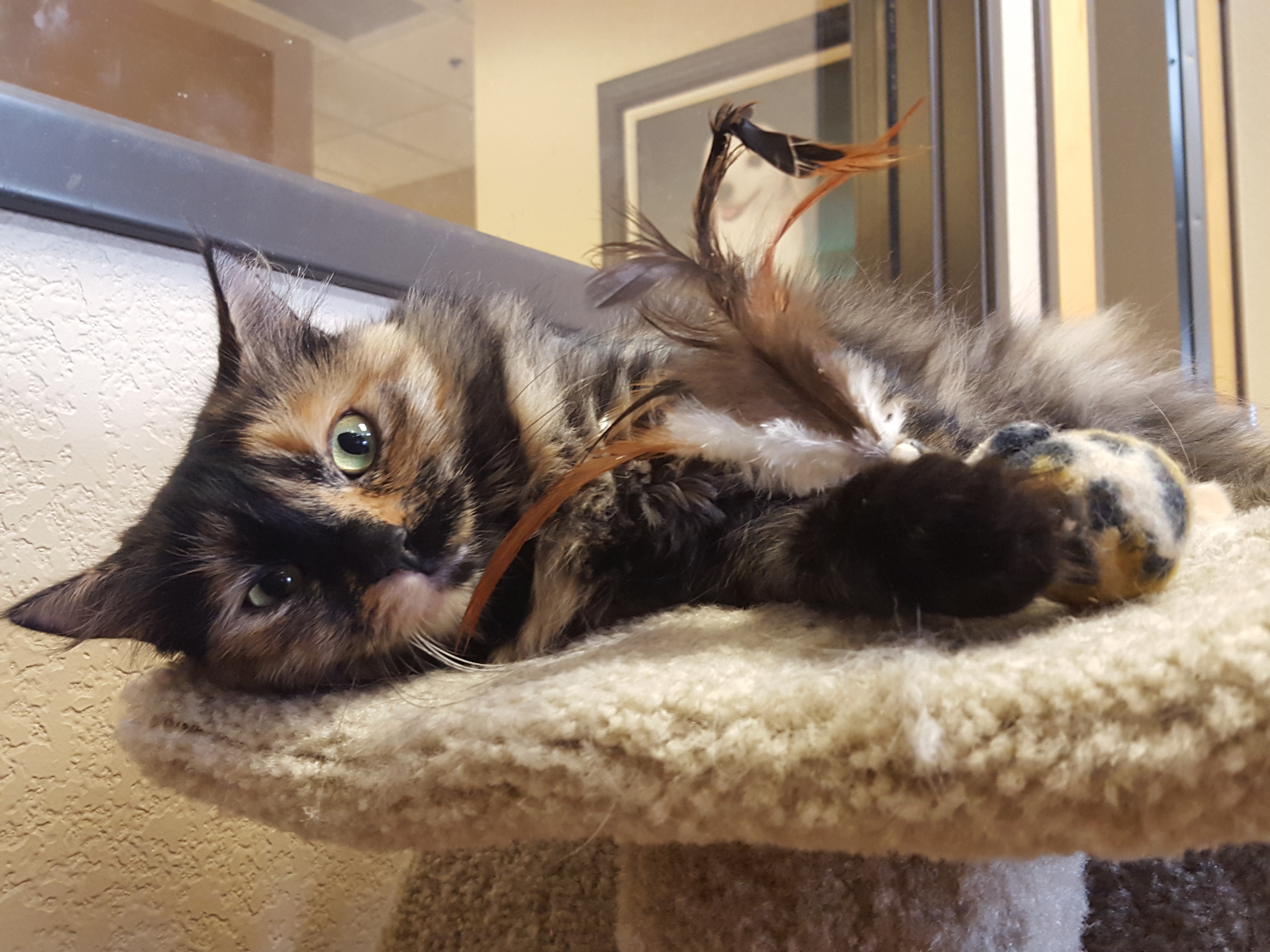Celebrate the Fourth Of July And Keep Your Pets Safe
The Fourth of July brings many things, from picnics and barbecues to swimming and fireworks. What’s often fun for humans can be a nightmare for animals. From dangerous foods and excessive heat to loud fireworks that can frighten dogs, cats and other animals, it’s important to have safety measures in place when it comes to our pets.
We deal with it year after year, but every year we hear the horror stories of pets panicking and running away due to the loud noises of the fireworks, which can start weeks before July 4 and go for weeks after.
What can you do to ensure your pets are safe this time of year? The American Veterinary Medical Associaton (AVMA) has some great tips to help prepare your animals ahead of time and keep them safe during the July 4 festivities as well:
The following safety tips from the AVMA include:
- Ensure your pets wear ID tags with current information.
- Microchip your pets and keep information up to date.
- Keep current photos of your animals.
- Keep your home and yard safe and secure.
- If you’re attending a party, parade or other gathering, leave your pets home. Consider keeping your pets in a “safe, escape-proof room or crate during parties and fireworks.”
- If you’re hosting, alert guests to the dangers and let them be part of keeping your pets safe.
- Keep your pets indoors.
- Keep your pets away from the sparklers, fireworks and other dangerous items, and don’t feed them harmful foods
- Pets don’t do well in the excessive heat and humidity, so keep them inside in the A/C with fresh, cool water.
It’s always better to keep your pets safe than be sorry later. Don’t let your dog or cat be one of the statistics who run away during the holiday.
Picture credit to: https://www.petfinder.com/dogs/living-with-your-dog/infographic-fourth-of-july-safety-for-dogs-summersafetytips/
How to Keep Your Pets Safe Around The Pool
It’s a common misconception that all dogs know how to swim. Nor do they all love the water. Forget about cats. Surely, there are some out there who like to take a dip, but for the most part, probably not. Even if you can’t get your pets to enjoy the water, it’s a good idea to ensure they know how to swim and get in and out of a pool.

If you are going to take your dog or cat out for a swim, make sure to keep an eye out and watch for heatstroke in your pet. According to Pool Safety Tips for Cats “Cat owners should keep their eyes out for the symptoms of heat stroke in their pets, which include restlessness followed by lethargy, dullness, weakness, recumbency (lying down), excessive drooling (foaming at the mouth) and difficulty breathing (dyspnea).”
Keep the following tips in mind from “9 Must Read Tips to Keep Your Dog Afloat” when considering taking your dog swimming:
- Start with a kiddie pool for newbies.
- Research breeds and their habits around water.
- Don’t force your pet to swim.
- Teach your pet how to get in and out of the water, whether it’s a pool, lake or the beach. You may need a ramp for certain dogs and cats as well.
- Pool water is filled with chemicals, so no drinking! Lakes and the ocean can also be dangerous. Keep fresh water available.
- A life jacket is a great idea, especially “for new or non-swimmers.”
- “A Giardia vaccination to prevent infections” goes a long way, especially in lakes or rivers.
- For those with pools, keep gates closed and locked.
- Rinse off your pet after a swim in the pool to remove chlorine residue, and other chemicals or bacteria from the ocean or lake.
Long-Haired Dogs: To Shave or Not to Shave?
We see it all the time. People with long-haired dogs who shed think it’s a good idea to have their dogs shaved, especially during the hot summer months. Many think it keeps their dogs cool and stops the hair from accumulating in their homes.
But is it a good idea in the first place?
According to the ASPCA’s article “Heat Wave! Should You Shave Your Pet?”, “hold those clippers! While you or I would hate to sport a fur coat in 100-degree weather, your pets’ fur coats are actually providing them with heat relief,” the article said.
“A dog’s coat is kind of like insulation for your house,” explains Dr. Louise Murray, Vice President of the ASPCA Animal Hospital, in the article. “Insulation stops your home from getting too cold in winter, but it also keeps it from overheating in summer—and your dog’s coat does the same thing,” she said in the article.
The coat of your dog is comprised of various layers that help your dog in the heat; it’s an actual “cooling system” for your dog that “can lead to discomfort and overheating,” if shaved, the article said. That coat is also protection from sunburn and the possibility of skin cancer.
It is recommended to have a professional groomer trim your dog’s hair, but “never shave down to the skin or try to cut the hair yourself with scissors,” according to the article.
Dog owners can also leave their dog’s hair as is. Shedding provides a naturally lighter coat for dogs. “Remember to brush your dog’s fur and bathe her frequently as clean, brushed fur allows for better air circulation,” the article said.




Recent Comments